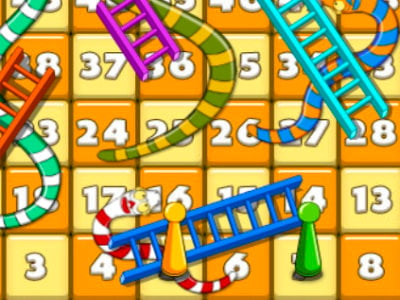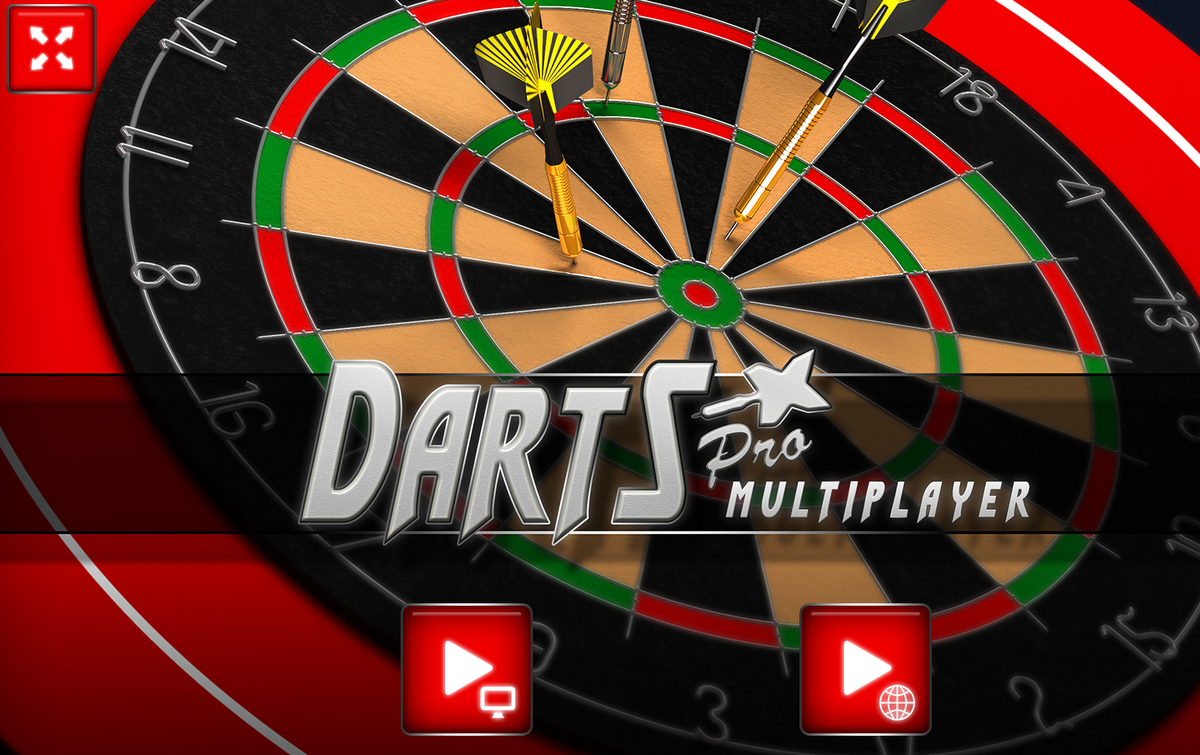Play Chutes And Ladders Free Online
Snakes and Ladders is a 2 player ancient Indian roll and move game. 100 squares full of traps and tricks. Ladders will take you up but Snakes will take you down. This is the clasic Snakes And Ladders game. The rules of this online dice game are very simple. When it is your turn click on the dice to roll it. According to the number on the dice your pon will move the same number of homes on the board. If you land at the mouth of a snake, you will fall to the home where the snake's tail ends. Have fun!
297 play times
Kongregate free online game Snakes & Career Ladders - In Snakes & Career Ladders, roll the dice to move along the board. Each square has its own act. Play Snakes & Career Ladders.
How to Play Snakes and Ladders Game

- Play Snakes and Ladders game online on your mobile phone, tablet or computer. Use the mouse or touch the screen to play. Rating: 4.2 / 5. Platform: HTML5. This free online game was built with HTML5. It runs on Chrome, Firefox, Opera, Safari or Internet Explorer 9 or higher. Play Snakes and Ladders unblocked on any device.
- Chutes & Ladders online, free. 'Chutes & Ladders' board game for the iPhone & iPod Touch, also known as 'Snakes and Ladders'. Grids are from 1 to 49. 3D dice roll animation. 6 different 'Chutes and Ladders' board. Roll dice by shaking. Continue to app.

Use your mouse or touch the screen to roll the dice. When it's your turn, click on the dice to roll it. According to the number on the dice, your avatar will automatically move on the board come to rest on a square. If you land at the mouth of a snake, you will be dropped to the square on which the snake's tail ends. If you happen to land at the base of a ladder, you will automatically climb to the square on which the ladder ends.
Why is Snakes and Ladders so Popular
Chances are you've already played Snakes and Ladders. The game is a potent teaching tool whose simple design has been used for centuries, arguably even millennia, as a way to embody and reinforce religious teachings and cultural values. Surviving game boards suggest Snakes and Ladders emerged somewhere in Northern India or Nepal. Over centuries the game traveled and evolved, its basic design serving as a durable chassis for any culture that took it up, containing and transmitting their moral and spiritual beliefs.
Snakes and Ladders is an ancient board game
Snakes and Ladders is an ancient board game believed to date back to India in the 2nd century B.C.. It is played between two or more players on a gameboard having numbered, gridded squares. A number of ladders and snakes are pictured on the board, each connecting two specific board squares. The object of the game is to navigate one's game piece, according to die rolls, from the start (bottom square) to the finish (top square), helped or hindered by ladders and snakes respectively. The game is a simple race contest based on sheer luck, and is popular with young children. The game was popular in ancient India by the name Moksha Patam. It was also associated with traditional Hindu philosophy contrasting karma and kama, or destiny and desire. It emphasized destiny, as opposed to other games of that time which focused on a mixture of skill and luck. The most widely known edition of Snakes and Ladders in the United States is Chutes and Ladders released by Milton Bradley in 1943. The playground setting replaced the snakes, which were received negatively by children at the time.
In working with children, I have it can be very helpful to incorporate games and play into the therapy. Although I am not primarily a play therapist, I often utilize play therapy methods in to therapy with children.
Because the needs of each client are different, it can be helpful to have a variety of different approaches, such as art, stories, or play therapy. In exploring feelings (or any other topic), one client may respond best to art therapy, one may prefer to just talk, and another may best be able to talk about feelings through games. Therapists trained in play therapy techniques are well aware of different ideas for turning ordinary games in to “therapy games.” Most of these games are appropriate for client and therapist to play together, as group therapy activities, or in family sessions.
Here are a few of my favorites:
1. Emotions Tic-Tac-Toe: Turn a piece of paper into a tic-tac-toe board by dividing it into nine squares. Have the client assign an emotion to each square, drawing a picture of the feeling and labeling it with the emotion. You can then play tic-tac-toe with the client using small items like coins or buttons as markers so that the tic-tac-toe board can be reused. When each person places their mark, they must make a sentence about the feeling. For example, “I feel happy when I play with my friends” or “When I am sad, I like to get a hug from my mom.”
The therapist can use appropriate self-disclosure to help normalize and model sharing about feelings. If the therapist or client does not wish to share about themselves, they can make sentences about others, such as “Some kids feel sad when they get a bad grade.” I never force a child to share about themselves of they do not want to. If a child has a lot of trouble sharing about their own feelings, you can also assign each feeling face a name. This allows a little more separation and safety as the child can make the sentence about someone else: “John feels mad when his sister takes his toys.”
2. Feelings Candyland: Before beginning a game of Candyland, take a piece of paper and assign a feeling to each of the game board colors. Ask the child what feelings you should have and what feeling they want for each color. As you play, each person says a feeling sentence based on the color square they land on.
3. Chutes and Ladders Ups and Downs: Chutes and Ladders easily lends itself as-is to a discussion about choices and consequences. While playing, make sure to discuss the depicted choice and consequence each time someone goes up a ladder or down a slide.
To change it up, every time someone goes up a ladder they share about something positive that has happened, something that made them feel “up.” When they have to go down a slide, they share about something negative or something that brought them “down.”
4. Uno: In a game of Uno, assign prompts to the special cards–Reverse, Skip, Draw 2, Wild. When someone uses one of these cards, they must share about the assigned prompt. You can choose these prompts based on the needs of the client(s) or ask the client(s) to suggest things. Here’s one example that I used in a boys social skills group: Reverse-share something about change, Skip-share about a time you felt left out or disappointed, Draw 2-share about something positive that has happened to you, Wild-share something good about yourself.
5. Jenga: A few years ago I purchased the game Totika, which is basically Jenga turned in to a therapy game. The blocks are colored four different colors. After moving your block, you draw a card and read the other player a question that corresponds to the block color. I have found this game to be very enjoyable and helpful with clients because the large number of questions keeps things more interesting than simply talking about the same feelings over and over (as can happen in a game like Feelings Candyland).
If you are willing to invest some time, you can create your own therapeutic Jenga a few different ways. One option is to paint all the Jenga blocks different colors and assign each color a feelings to be discussed when the block is pulled. Another option is to write a question on each block. After a player pulls out a block, they read and answer the question before placing it on the top. The St. Louis Center for Play Therapy has a great video sharing different ideas for therapeutic versions of Jenga.
I hope you’re able to try these ideas out with your own clients and would love to hear other ideas that people have tried.
Never miss a post! Be sure to sign up for the email newsletter.
Carolyn Mehlomakulu, LMFT, ATR is a psychotherapist in Austin, Texas who works with children, adolescents, and families. For more information about individual therapy, child counseling, family therapy, and art therapy services, please visit www.therapywithcarolyn.com.
:max_bytes(150000):strip_icc()/Spruce_Chutes_And_Ladders_Snakes_And_Ladders_411609_V1-17798e6e7bfc4584aec4acb9dc357433.png)
This blog is not intended to diagnose or treat any mental health conditions. All directives, interventions, and ideas should be used by qualified individuals within the appropriate bounds of their education, training, and scope of practice. Information presented in this blog does not replace professional training in mental health, psychotherapy, counseling, art therapy, or play therapy. Although anyone can have a healing experience with art, art therapy requires the direction of a trained art therapist.
Chutes And Ladders Interactive
This blog includes affiliate links (see full disclosure here). If you’d like to help support the blog without any extra cost to you, please click through on Amazon links and shop as you normally would. Your support is greatly appreciated!